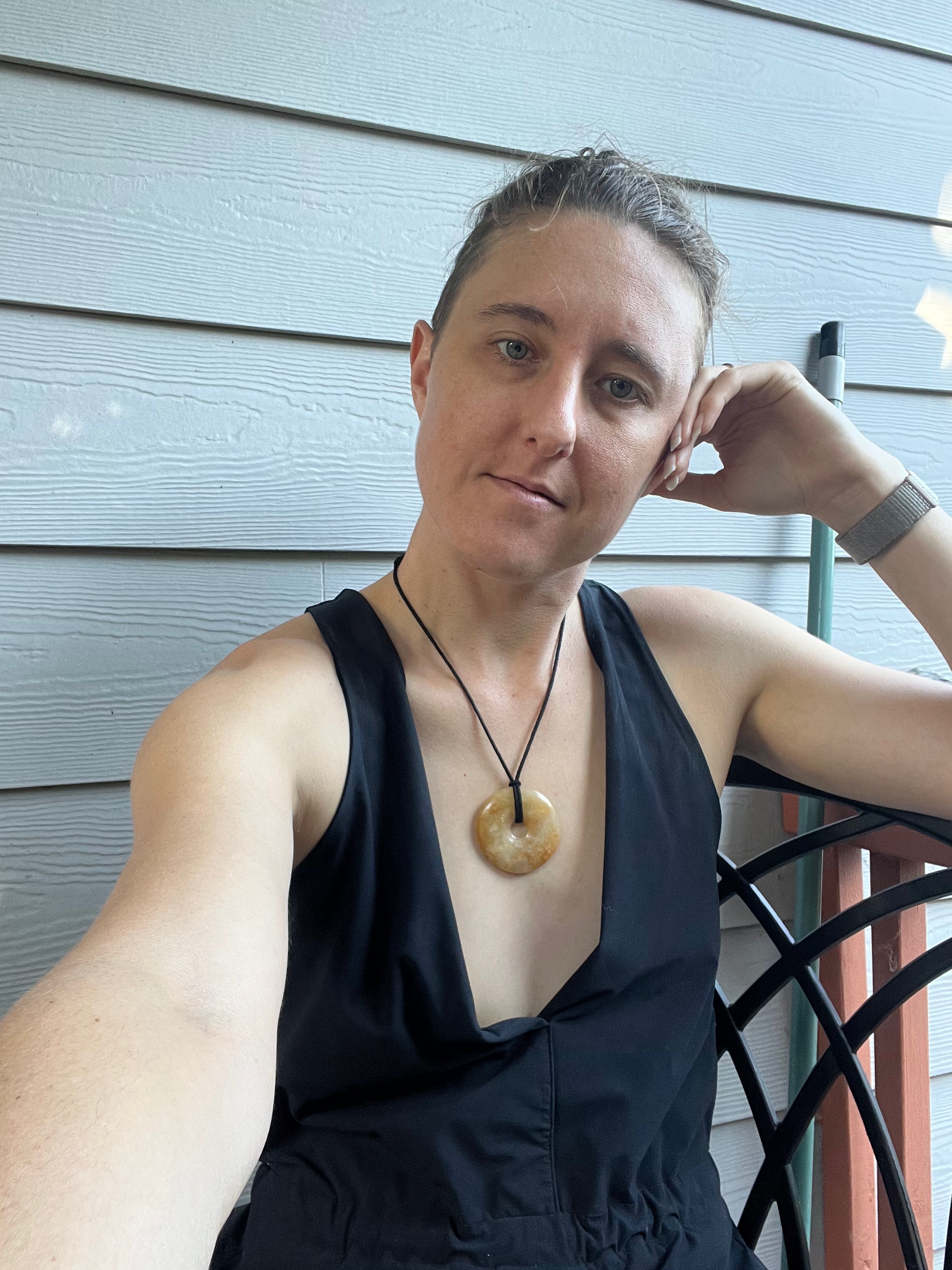Trauma and Spiritual Growth
Why Your Wounded Inner Child Is Sabotaging Your Spiritual Growth
A deep dive into spiritual development, trauma, and how Human Design can help you break through your ceiling
Why are we drawn to this idea of spiritual progress anyway?
I imagine that there are as many answers to that question as there are spiritual seekers in the world, but there are some universal principles we can all share.
If you've been with me awhile, you know that I am deeply influenced by the work of Ken Wilber and his brainchild, Integral Theory. (And if you haven't heard of it, go down that rabbit hole - it's rewarding.)
Today I want to explore the concept of spiritual growth from an Integral perspective - and share why I've found the original mechanics of Human Design to be such a powerful healing tool.
The Ladder of Development
In Integral Theory, Wilber describes "fulcrums" of development - steps on a ladder from birth to enlightenment. These are the stages of growth individuals experience from baby to child to adult - and they're also mirrored in the development of societies as a whole.
At each stage, or "fulcrum", we first identify with the stage, then differentiate ourselves from it, and finally integrate its lessons as we look toward the next step on the ladder.
It seems like a simple vertical ascent, until we consider the impact of trauma - both "little-t" traumas of omission and "big-T" Traumas of commission (violent trauma).
When Development Gets Stuck
The traumatized self - especially if the self is a child - will essentially split into two parts: one stays behind at the scene of the trauma, while the other continues to grow and develop... up to a point.
These split-off "parts" of the self tend to show up when the ego is challenged, causing behavior that you don't want or understand, or that you aren't even aware of, but is undermining your goals.
Unless the traumatized part can be healed and re-integrated - which, let's be honest, doesn't happen often in our society - the fractured self will eventually hit a ceiling of development beyond which it can't progress.
Think of trying to build a pyramid with a broken base - it will crumble under the weight.
This is why we see so many people walking around in adult bodies but behaving like children. Their wounded inner child acts up when the ego feels threatened, undermining the higher self's hope of progression.
(For a phenomenal perspective on this from a business and executive coaching POV, check out the book "Coherence" by Alan Watkins.)
The Power of Integration
This is where shamanic practices like Soul Retrieval come into play, and why the therapy modality known as IFS (Internal Family Systems, aka "parts work") is so powerful. (I work with an IFS therapist and LOVE it!)
But this is also one area where I see tremendous space for the original mechanics of Human Design to make a huge impact.
Your Undefined Centers: Windows to Healing
Our undefined centers are where we are most vulnerable to other people's influence - both good and bad - and where we tend to become traumatized.
In childhood, we're frequently conditioned by our adult caregivers in ways that give us little-t trauma, though it's completely unintentional on their part... not to mention the ways that big-T Trauma can affect us - also in our undefined centers.
By examining our memories and looking at our own Bodygraph charts relative to those of our caregivers and other family members, we can identify and integrate these patterns - bringing our system into greater coherence and allowing our consciousness to lift to new levels!
The work isn't easy, but it is powerful - and it doesn't replace traditional therapy, but it can complement it beautifully.
A Reframe for Integration
I want to offer you a cognitive reframe tool for integrating new awareness into your system.
Instead of: "I feel so stupid! I used to think _____, but now I know better - I know _____!"
Reframe it as: "I have so much love and compassion for my younger self, who used to believe only ____. Now I know ____."

